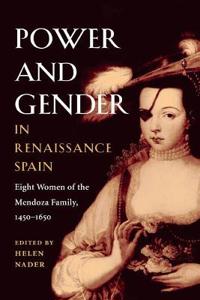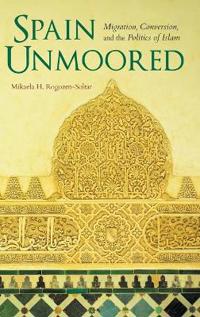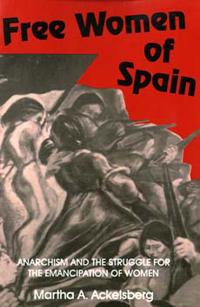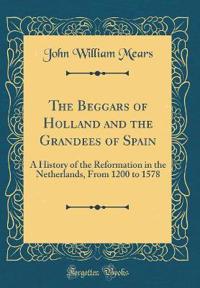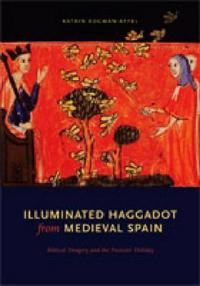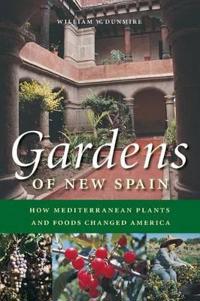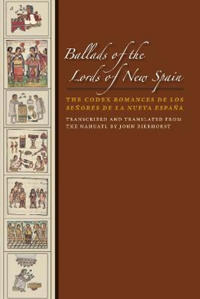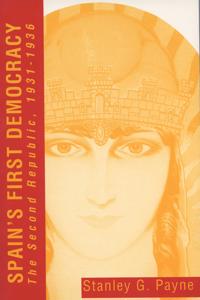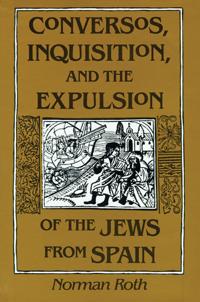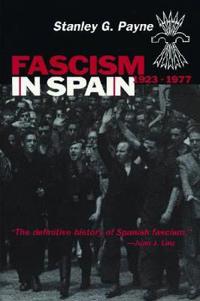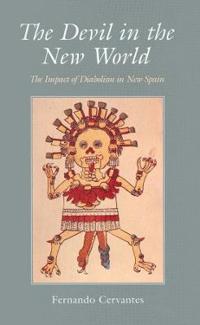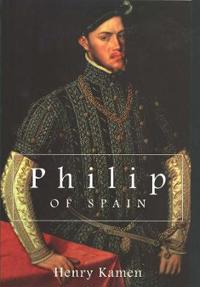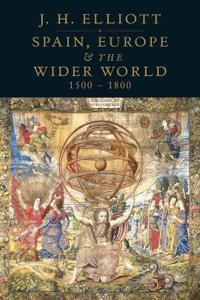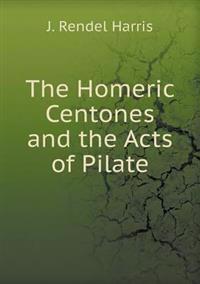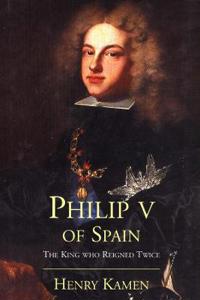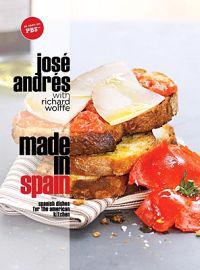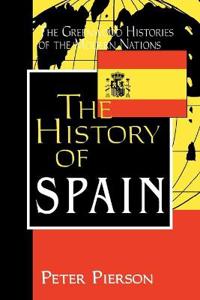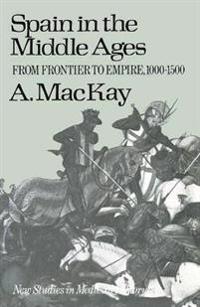Power and Gender in Renaissance Spain (häftad)
ISBN: 9780252071454 - UTGIVEN: 2003-11The Mendoza family was one of Spain's most prominent Renaissance dynasties, and this collection, a groundbreaking overview of two hundred years of Spanish history, provides in-depth portraits of eight of its female members. These essays explore the lives of powerful women whose lineage gave them s[...]
Spain Unmoored
ISBN: 9780253024749 - UTGIVEN: 2017-02Long viewed as Spain's "most Moorish city," Granada is now home to a growing Muslim population of Moroccan migrants and European converts to Islam. Mikaela Rogozen-Soltar examines how various residents of Granada mobilize historical narratives about the city's Muslim past in order to navigate tensio[...]
Free Women of Spain (Inbunden)
avMartha A. Ackelsberg
ISBN: 9780253301208 - UTGIVEN: 1991-06"When historians take women's movements and gender differences in organizations... seriously, this book will become part of the canon.... a forthright effort to view women's participation in politics in exciting new ways." --American Historical Review"The work not only fills a gap in knowledge of wo[...]
Modern In Spain, The: Architecture After 1948 (Pocket)
avGabriel Ruiz Cabrero
ISBN: 9780262531726 - UTGIVEN: 2001-04-02Illuminated Haggadot from Medieval Spain (Inbunden)
avKatrin Kogman-Appel
ISBN: 9780271027401 - UTGIVEN: 200610Emerging in Spain after 1250, Jewish narrative figurative painting became a central feature in a group of illuminated Passover Haggadot in the early decades of the fourteenth century. "Illuminated Haggadot from Medieval Spain" describes how the Sephardic Haggadot reflect different visualizations of [...]
The Arts of Spain: Iberia and Latin America 1450-1700 (häftad)
ISBN: 9780271033372 - UTGIVEN: 2007-09This beautifully illustrated book opens up the great age of Spanish and Portuguese sculpture, painting, architecture, and the decorative arts. A dazzling array of arts from the Peninsula and Hispanic America of the sixteenth and seventeenth centuries, from the time of the Reconquest of Granada to th[...]
A Military History of Modern Spain
ISBN: 9780275993573 - UTGIVEN: 2007-09In the 19th and 20th centuries, Spain was a key player in the military conflagrations that created modern Europe. From the Napoleonic Wars, through the dress rehearsal for World War II that was the Spanish Civil War, to the grim struggle against terrorism today, the military history of modern Spain [...]
Gardens of New Spain
ISBN: 9780292705647 - UTGIVEN: 2004-10When the Spanish began colonizing the Americas in the late fifteenth and sixteenth centuries, they brought with them the plants and foods of their homeland--wheat, melons, grapes, vegetables, and every kind of Mediterranean fruit. Missionaries and colonists introduced these plants to the native peop[...]
Ballads of the Lords of New Spain (Pocket)
avJohn (TRN) Bierhorst
ISBN: 9780292723450 - UTGIVEN: 2010-05Compiled in 1582, Ballads of the Lords of New Spain is one of the two principal sources of Nahuatl song, as well as a poetical window into the mindset of the Aztec people some sixty years after the conquest of Mexico. Presented as a cancionero, or anthology, in the mode of New Spain, the ballads sho[...]
Spain's First Democracy (Pocket)
avStanley G. Payne
ISBN: 9780299136741 - UTGIVEN: 1993-06The significance of Spain's Second Republic has been largely overshadowed by the cataclysmic Civil War that immediately followed it. Stanley Payne brings his knowledge of Spanish history to bear on the five-year span of the Second Republic as an historic entity in its own right. In "Spain's First De[...]
Conversos, Inquisition, and the Expulsion of the Jews from Spain (Häftad)
avNorman Roth
ISBN: 9780299142346 - UTGIVEN: 200212In this work, Norman Roth traces the chain of events that led to mass conversions of Spanish Jews to Christianity in the 14th and 15th centuries, the rise of animosity against them, the establishment of the Inquisition, and, finally, the 1492 Expulsion of the Jews from Spain.[...]
Fascism in Spain, 1923-77 (Häftad)
avStanley G. Payne
ISBN: 9780299165642 - UTGIVEN: 199911"The last word on Spanish fascism and the model study of fascism anywhere." -Robert Kern, coeditor of The Historical Dictionary of Modern Spain "The definitive history of Spanish fascism from its birth to its death, incorporating all the available sources. No one is more qualified than Stanley Payne[...]
Spain (Pocket)
avStanley G. Payne
ISBN: 9780299250249 - UTGIVEN: 2011-01From bloodthirsty conquest to exotic romance, stereotypes of Spain abound. This new volume by distinguished historian Stanley G. Payne draws on his half-century of experience to offer a balanced, broadly chronological survey of Spanish history from the Visigoths to the present. Who were the first "S[...]
The Devil in the New World: The Impact of Diabolism in New Spain (Häftad)
avFernando Cervantes
ISBN: 9780300068894 - UTGIVEN: 1997-05Lords of All the World: Ideologies of Empire in Spain, Britain and France C.1500-C.1800 (Häftad)
avAnthony Pagden
ISBN: 9780300074499 - UTGIVEN: 1998-03The rise and fall of modern colonial empires have had a lasting impact on the development of European political theory and notions of national identity. This book compares theories of empire as they emerged in, and helped to define, the great colonial powers of Spain, Britain and France.[...]
Philip of Spain (Pocket)
avHenry Kamen
ISBN: 9780300078008 - UTGIVEN: 199903Philip II of Spain -- ruler of the most extensive empire the world had ever known -- has been viewed in a harsh and negative light since his death in 1598. Identified with repression, bigotry, and fanaticism by his enemies, he has been judged more by the political events of his reign than by his per[...]
Spain, Europe and the Wider World, 1500-1800 (Inbunden)
avJ. H. Elliott
ISBN: 9780300145373 - UTGIVEN: 2009-04When J. H. Elliott published "Spain and Its World, 1500-1700" some twenty years ago, one of many enthusiasts declared, 'For anyone interested in the history of empire, of Europe and of Spain, here is a book to keep within reach, to read, to study and to enjoy' - "Times Literary Supplement". Since th[...]
Spain Betrayed (Häftad)
ISBN: 9780300176957 - UTGIVEN: 2011-03The Spanish Civil War has long been the stuff of legend. Thousands of brave young men from all over the Western world, most of them organized by their local Communist parties, rushed to Spain to support the democratic Republic against right-wing forces led by rebellious generals in the Spanish offic[...]
Philip V of Spain (Pocket)
avHenry Kamen
ISBN: 9780300180541 - UTGIVEN: 2001-06Philip V, who reluctantly assumed the Spanish throne in 1700, was the first of the Bourbon dynasty which continues to rule Spain today. His 46-year reign, briefly curtailed in 1724 when he abdicated in favour of his short-lived son, Louis I, was one of the most important in the country's history. Th[...]
Made in Spain: Spanish Dishes for the American Kitchen (Inbunden)
avJose Andres, Richard Wolffe
ISBN: 9780307382634 - UTGIVEN: 2008-11The History of Spain (Häftad)
avPeter Pierson
ISBN: 9780313360732 - UTGIVEN: 199901Every school and public library should update its resources on Spain with this lively and succinct narrative of Spain's long and rich historical experience. Emphasizing people rather than abstract developments, this narrative makes Spanish history readable and engaging. Based on the most recent scho[...]

